Irabo Tea Bowl by Bunsai Ogawa
Irabo Tea Bowl by Bunsai Ogawa
Couldn't load pickup availability
Width: 12.0cm x 12.0cm Height: 8.0cm
Skin that holds the memories of the earth - Irabo Tea Bowl, created by the 6th Ogawa Bunsai (Kyo)
This "Irabo tea bowl" was created by the 6th Ogawa Bunsai (Kyo) and is a masterpiece that perfectly harmonizes the powerful scenery created by the earth and glaze with a quiet appearance. The rim is slightly distorted and the body is plump, but the overall composition is modest and dignified, and it exudes a deep presence, as if the earth itself had been transformed into a vessel.
The rough texture peculiar to Irabo ware permeates the entire vessel, and when exposed to natural light, subtle shadows are created, giving it the appearance of a mountainside with the wind blowing through it. In addition, by leaving the base around the base, the warmth of the clay itself is strongly conveyed, and the contrast between the glaze and the clay creates a rich expression both visually and tactilely.
The great charm of this piece is the contrast between the pale blue glaze on the inside and the dark Irabo glaze on the outside. The blue inside is as clear as the sky after rain, giving the vessel a quiet depth. The contrast between the rough texture of the outside and the smoothness of the inside is like a pure spring springing up in the barren land, giving the viewer a sense of surprise and comfort.
This tea bowl embodies the spirit of wabi and sabi, but also has a certain modern softness within it. When you hold it in your hand, your fingertips naturally trace the contours of the bowl, and when you bring it to your mouth, you can clearly feel its warmth and weight. The material, shape, glaze, and firing are all in harmony within this single bowl, truly embodying the essence of "beauty of utility."
The History of Irabo Ware - A Fusion of Korean Craftsmanship and the Spirit of the Tea Ceremony
Iraboyaki is a type of pottery that originally originated on the Korean peninsula, and was developed throughout Japan thanks to the techniques and aesthetic sense brought by potters who came to Japan during the Bunroku-Keicho War at the end of the 16th century. In particular, the rough texture created by applying a feldspar glaze to the coarse, iron-containing clay resonates deeply with the spirit of Sen no Rikyu, who perfected the wabi-cha style of tea ceremony, and Iraboyaki has been widely loved as tea ceremony pottery.
The etymology of Irabo is said to come from the Korean place name "Iro" or "Irabo," but its exact origin remains unknown. Therefore, while it has a somewhat mysterious ring to it, it has been prized by tea masters as a "rugged beauty" and "elegance that lies within roughness."
This Irabo tea bowl by Ogawa Bunsai captures that spirit and reconstructs it in a modern context.
The Lineage of Bunsai - The Unbroken Inheritance of Earth and Fire
The history of Bunsai Kiln began in 1847 when the first Ogawa Bunsai (Bunsuke), who had mastered kiln-building techniques in Kyushu, opened a kiln in Kaseyama, Kizugawa City, Kyoto Prefecture. The company was recognized by the Ichijo family and was given the character "sai" and their family crest, and was founded under that name. In 1873, after the turmoil of the Meiji Restoration, the kiln was moved to Gojozaka, Kyoto, and for six generations since then, the company has continued to weave the lineage of Kyoto ware without ever letting the fire go out.
In particular, the current head of the family, the 6th generation Ogawa Bunsai (Oki), studied sculpture at graduate school and mastered the basics of pottery from scratch, before facing the spirit of his father, Kinji, head-on and building his own unique worldview centered on green glazes. He describes his own philosophy as "beautiful things keep conflict away," and his attitude of putting prayers for peace and harmony into each and every bowl can be said to be the "spiritual tradition" of Bunsai in the modern era.
The Poetry Residing in a Tea Bowl - Between "Wildness" and "Elegance"
The moment you pour hot water into this Irabo tea bowl and make tea, the vessel changes completely into a dynamic presence. When the steam rises and the green of the tea mixes with the blue of the vessel, a quiet, poetic feeling spreads. It is not just a vessel for drinking tea, but a tool that creates a "space" for connecting the heart with nature through tea, which is the very essence of the tea ceremony.
Roughness and silence, astringency and gentleness. This bowl, in which contradictory elements blend beautifully together, is the culmination of Bunsai's accumulated research and inherited aesthetic sense. Every time you enjoy tea and handle it, you will surely discover something new and be reminded of something new.
Share



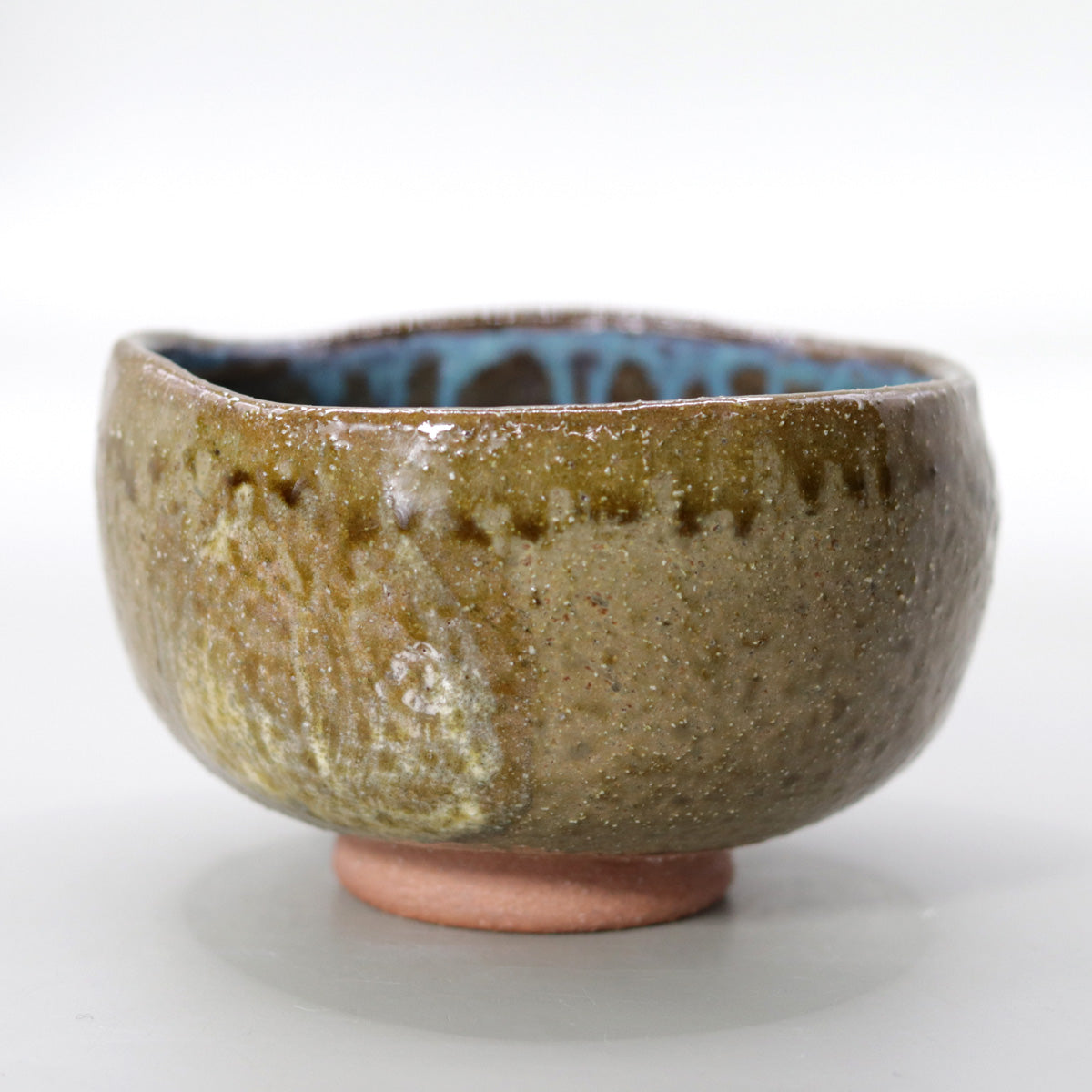
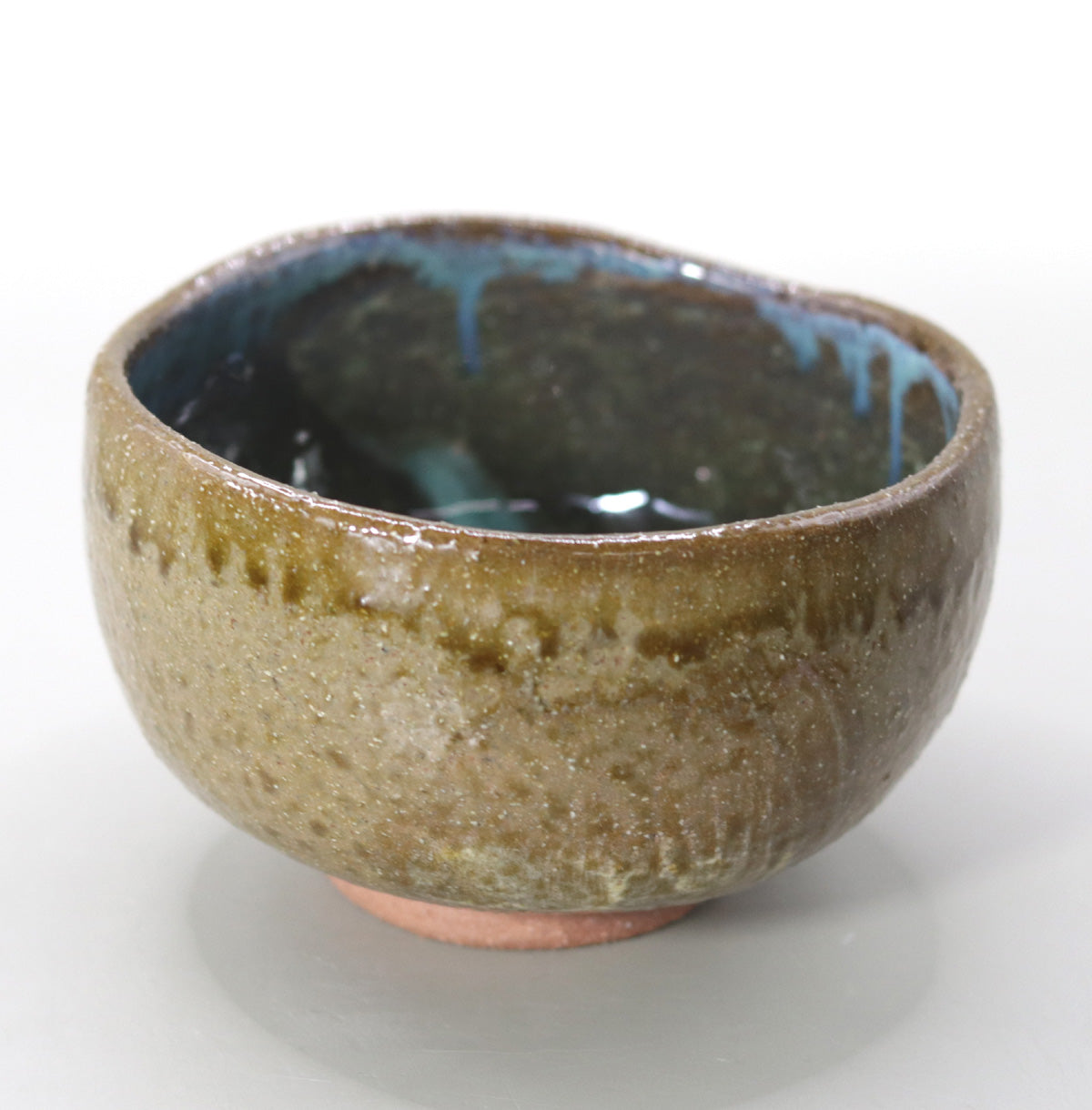
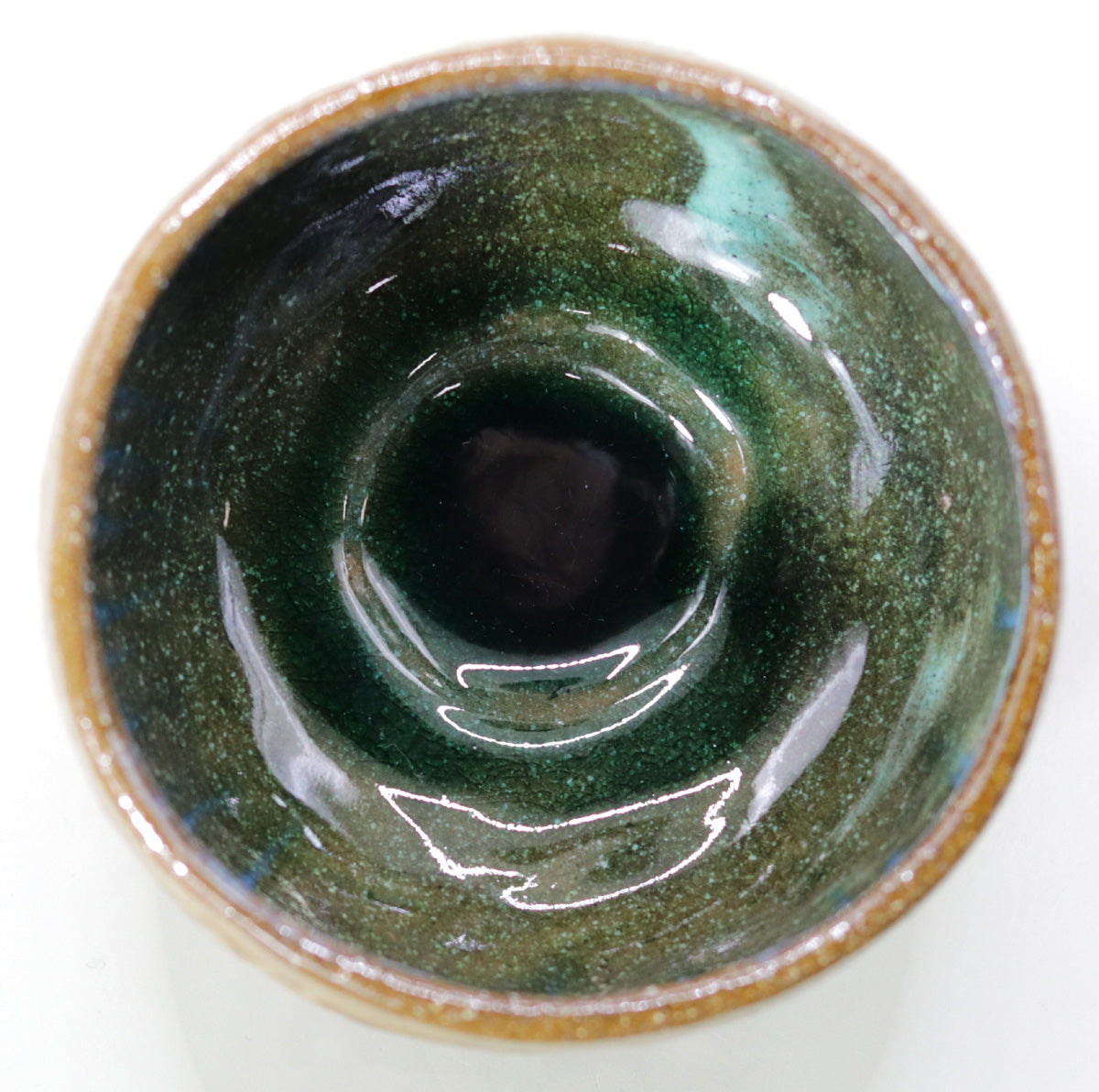
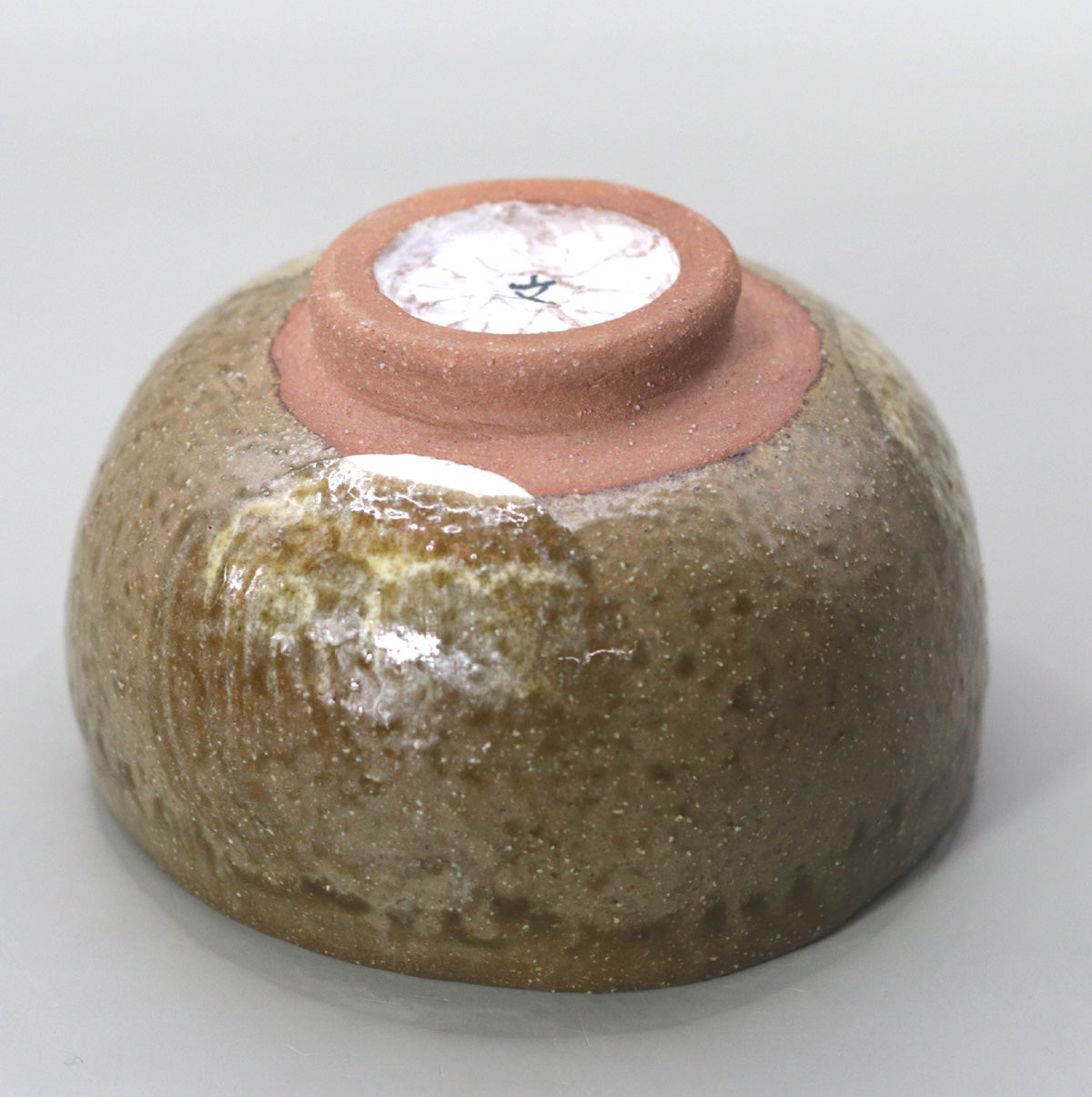
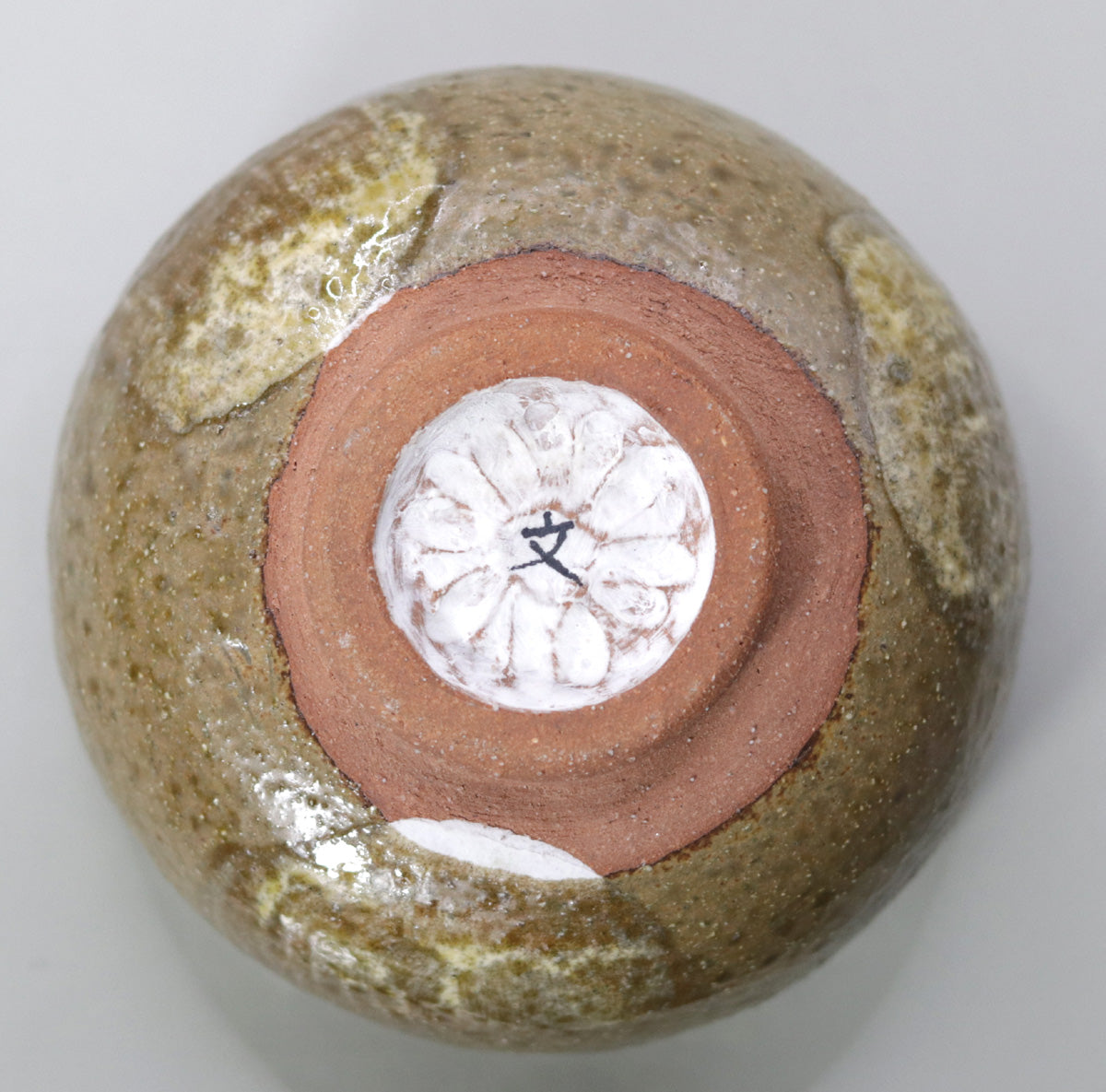
-
[I will send it to you quickly and carefully]
We carefully package each product in a way that suits it best.
Also, delivery times vary depending on the piece (vessel, etc.).
Items that already come with a box will be shipped within 1-3 days of the order date.
For items that require a box to be made after your order, it will take approximately 30 days for production to be completed and then shipped.
In either case, once we have confirmed your order, we will contact you by email to inform you of the delivery date.
-
[Requests when purchasing pottery]
Even products that look the same may differ slightly in color, shape, size, etc.
The way the glaze is used, the power of the kiln, the firing method, the season, and the humidity also affect the appearance of the pottery.
Please understand the individuality of each piece of pottery and enjoy the unique warmth of handmade.








